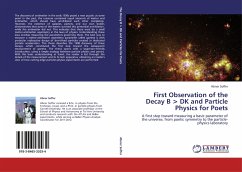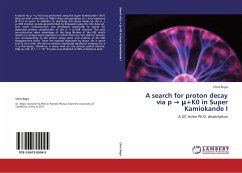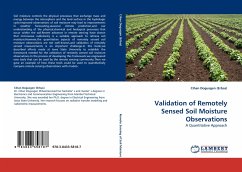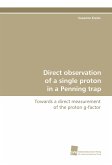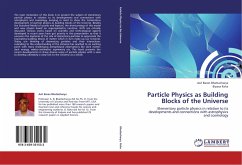The discovery of antimatter in the early 1930s posed a new puzzle: at some point in the past, the universe contained equal amounts of matter and antimatter, which should have annihilated each other completely. However, the existence of galaxies, planets, and our own bodies demonstrates that some of the matter survived this primordial annihilation, while the antimatter did not. This indicates that there must be a small matter-antimatter asymmetry in the laws of physics. Understanding these laws involves measuring the parameters governing them. The best way to measure a matter-antimatter asymmetry parameter called gamma is with particular radioactive decays of short-lived particles created in dedicated particle accelerators. This thesis describes the 1998 discovery of these decays, which constituted the first step toward the subsequent measurement of gamma. The thesis opens with a layperson-friendly introduction, using a simple analogy between particle physics and poetry. With thisbasic understanding at hand, the reader is led through the details of the measurement and its hi-tech apparatus, obtaining an insider's view of how cutting-edge particles-physics experiments are performed
Bitte wählen Sie Ihr Anliegen aus.
Rechnungen
Retourenschein anfordern
Bestellstatus
Storno

